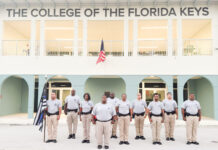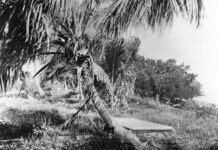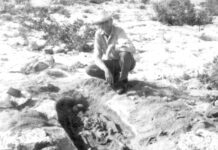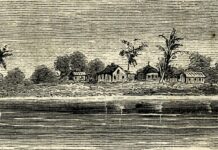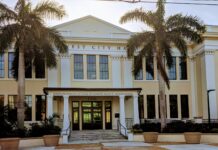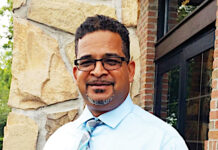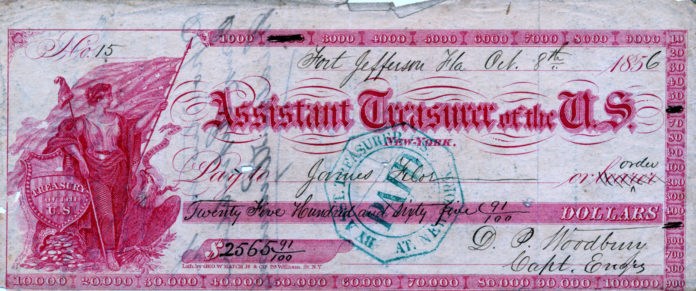
The Beatles fought racism from a Key West motel. You too can fight racism. While we celebrate Key West as “One Human Family,” we must not forget the island’s history of “un-human family” behavior, lest history repeat itself.
It is not uncommon for Key West to deny past racism by reciting the claim that Key West was part of the Union during the Civil War. While it is true that Union forces took control of Fort Zachary Taylor and Fort Jefferson, the allegiance of Key West’s citizens at the time is debatable.
The fact that slaves, owned by prominent citizens of Key West who leased them to engineers of the U.S. Government for personal profit, built Fort Zachary Taylor and Fort Jefferson is not debatable.
According to “Engineering Slavery: The U.S. Army Corps of Engineers and Slavery at Key West” by Mark A. Smith, in 1840, before construction of the forts commenced, 56 out of 96 slaves in Key West were women. Between 1840 and 1850, the slave population of Key West increased by nearly 350% to accommodate fort labor. By 1850, 235 out of 430 slaves were male. Slave owners were paid $1.12 a day for the work their slaves provided under divided mastery contracts.
An 1856 bill of sale shows James Filer of Key West selling slaves “John and Clarissa” for $1,825. John was 22. Clarissa was 18.
Today, Fort Zachary Taylor and Fort Jefferson are known as Civil War-era forts accompanied by a great beach or incredible snorkeling. Both were significant strongholds for Union forces during the Civil War. But let us not forget these forts were built by people like John and Clarissa — human beings who never knew what it was like to be treated as equal.
To learn more about this subject, read “The African American Experience at Fort Jefferson, 1847-1876” free online. Visit npshistory.com.







